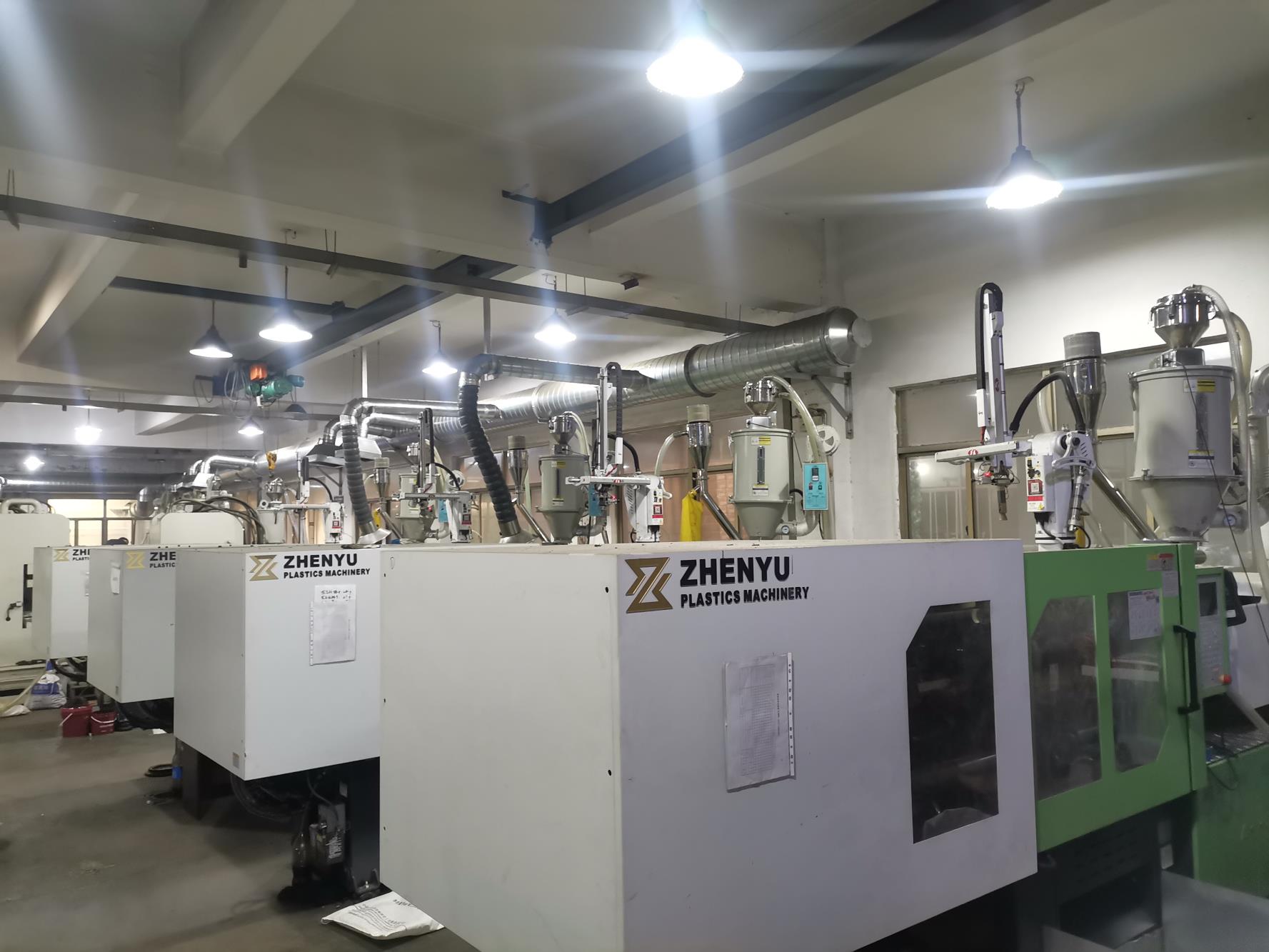A kitchen knife is a fundamental tool for food preparation, featuring a sharp blade designed for cutting, chopping, and slicing various ingredients. Key aspects of kitchen knives include:
- Blade Types: Kitchen knives come in various blade types, each suited for specific tasks. Common types include chef’s knives, paring knives, utility knives, and serrated knives.
- Materials: Blades are typically made of stainless steel or high-carbon stainless steel, offering durability and corrosion resistance. The handle material varies, with options like wood, plastic, or composite materials.
- Sharpness: A sharp blade is crucial for efficient and safe cutting. Regular sharpening and honing maintain the knife’s edge.
- Size and Weight: Kitchen knives come in different sizes to accommodate various tasks. The weight and balance of a knife influence ease of use and comfort.
- Tang: The tang refers to the extension of the blade into the handle. Full tang knives, where the blade extends through the handle, are often considered more robust and durable.
- Maintenance: Proper care involves handwashing, drying immediately, and avoiding dishwasher use to prevent blade damage and handle deterioration. Some knives may benefit from occasional oiling.
- Knife Sets: Kitchen knives are often available in sets that include various types to cover diverse cutting needs. These sets may include a chef’s knife, paring knife, utility knife, and more.
- Specialty Knives: Certain knives serve specific purposes, such as boning knives, bread knives, or Santoku knives, each tailored for particular culinary tasks.
Investing in high-quality kitchen knives enhances cooking experiences, offering precision and efficiency. Regular maintenance ensures longevity and optimal performance, making kitchen knives indispensable tools for home and professional chefs alike.













